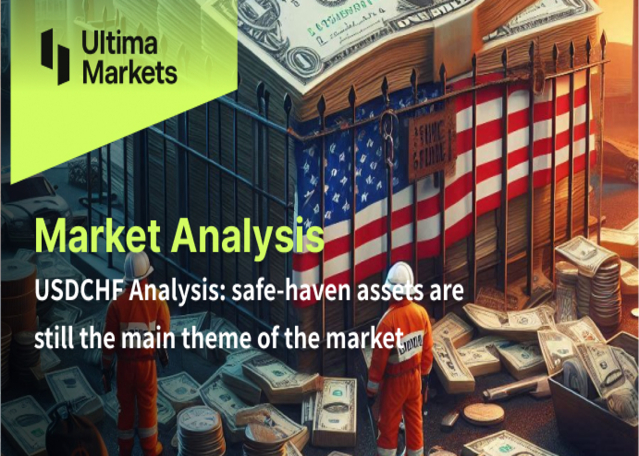AUD & NZD in Focus at Start of the Week
The overnight trading session unfolded with a notable lack of volatility. Noteworthy shifts were observed among G10 currencies, with particular attention drawn to the Australian dollar and the yen, as the US dollar remained in a weakened position. This resulted in a temporary dip of USD/JPY below the 148.00-level. The Australian dollar emerged as a primary gainer, riding the wave of improved global investor risk sentiment witnessed in recent weeks. The MSCI's ACWI global equity index displayed a robust recovery of approximately 10% since the end of the previous month, driven by growing optimism regarding a softer landing for the global economy. This sentiment has been fuelled by a slowdown in inflation and increased confidence that major central banks have concluded their rate hike cycles.
The Australian dollar has experienced a commendable strengthening of about 4.5% against the US dollar, notably surpassing resistance from the 200-day moving average, a feat not achieved since July. The currency is now revisiting the familiar trading range between 0.6600 and 0.6800, which predominated from November of the preceding year to July of the current year. Additionally, the Australian dollar is finding support in the expectation that the Reserve Bank of Australia's (RBA) policy stance may diverge from other G10 central banks. While there is growing certainty that the Federal Reserve, European Central Bank, and Bank of England have completed their rate-hiking trajectories, the Australian rate market is still factoring in the likelihood of an additional RBA hike, with approximately 16 basis points priced in by the upcoming May policy meeting.
Simultaneously, market participants anticipate the RBA's policy rate to remain relatively unchanged next year, in contrast to the lower policy rates projected for other major central banks. RBA Governor Bullock's recent remarks, highlighting stronger-than-expected demand in the economy and elevated inflation pressures, have further bolstered these relatively hawkish policy expectations. Despite acknowledging the need for caution in the current economic climate, Bullock expressed confidence in the resilience of Australian households and businesses, particularly those transitioning from fixed-rate loans to higher rates. These comments served to offset the impact of the weaker retail sales report for October, with the upcoming focus shifting to the release of the monthly Australian Consumer Price Index (CPI) report for October.
Conversely, the Reserve Bank of New Zealand's (RBNZ) policy outlook aligns more closely with other major central banks, as market participants increasingly believe that the RBNZ's rate hike cycle has concluded. Projections now indicate an expectation of approximately 55 basis points in cuts by the end of the next year. Notably, New Zealand's policy rate, currently at 5.50%, is already at more restrictive levels compared to Australia's 4.35%. Recent economic data from New Zealand has fallen short of expectations, with the third-quarter CPI report revealing a slower-than-anticipated inflation rate of 5.6% and an unexpected quarterly contraction in employment according to Q3 labour market data. This has fuelled speculation that the RBNZ may adopt a less hawkish policy stance in its upcoming meeting.
In the foreign exchange market, the widening yield spreads favouring the Australian dollar over the New Zealand dollar have not been fully reflected in the AUD/NZD exchange rate. Despite the prevailing economic indicators, there appears to be room for AUD/NZD to move closer to the 1.1000-level, reflecting the evolving dynamics in the region's currency landscape.
This content may have been written by a third party. ACY makes no representation or warranty and assumes no liability as to the accuracy or completeness of the information provided, nor any loss arising from any investment based on a recommendation, forecast or other information supplied by any third-party. This content is information only, and does not constitute financial, investment or other advice on which you can rely.



















